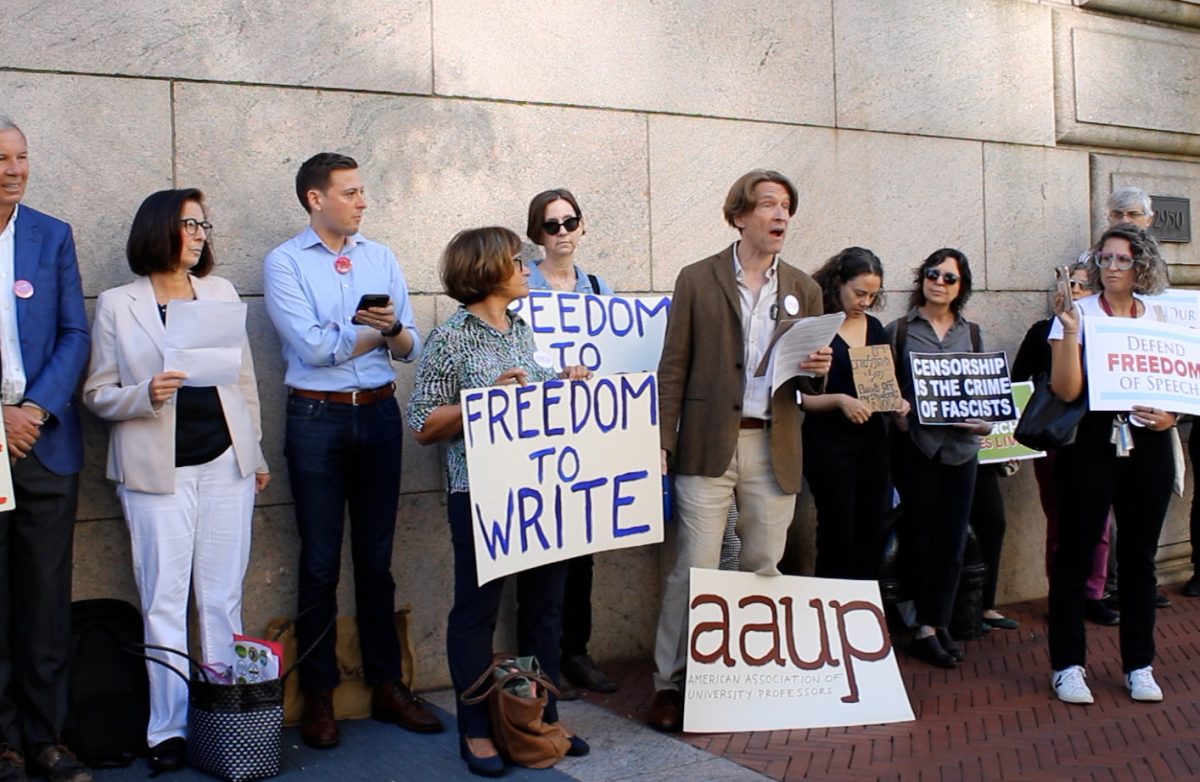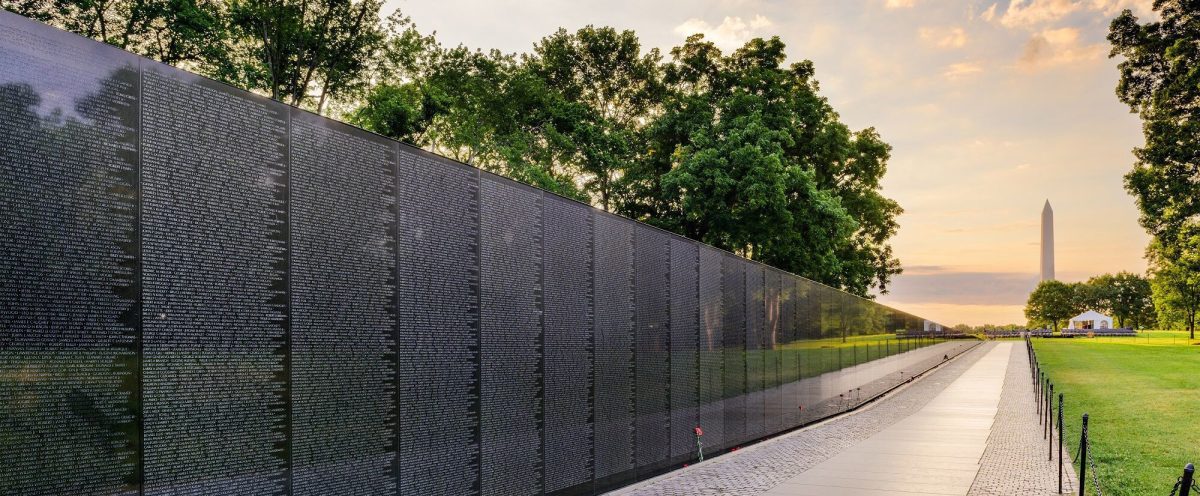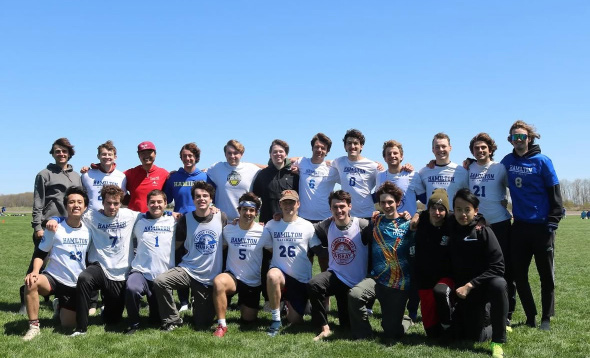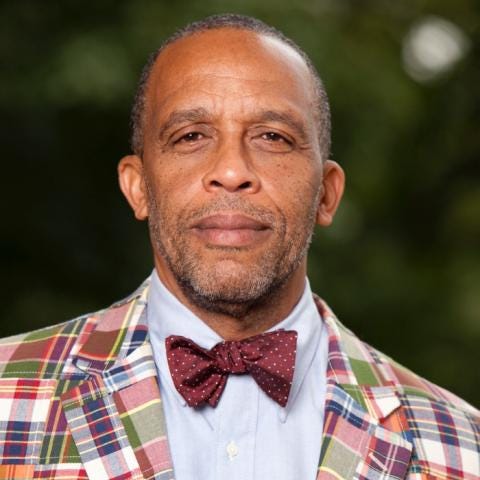
As Black History Month comes to an end, it is important to remember Hamilton alumni who have made their own impact on black history. One particular alumnus, William E. Williams ’73, has spent much of his career as a photographer exploring the overlooked aspects of the African-American experience in the United States.
After completing his Master of Fine Arts at Yale University, Williams photo- graphed forgotten historical sites connected to the Underground Railroad and the Civil War. When he visited Hamilton last October to lead a gallery talk in the Wellin Museum, Williams discussed one of his gelatin silver prints hanging in the exhibition, Site of Utica Rescue. He ex- plained that this print is part of his Uncovering the Path to Freedom collection, which focuses on Underground Railroad sites.
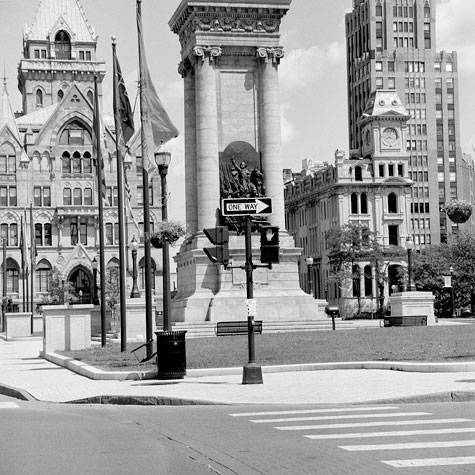
At first glance, the photograph appeared to show the outside of a rickey, old building, with a tattered American flag hung next to the entrance. Williams revealed that this building was once a courthouse where two fugitive slaves were rescued by abolitionists in 19th century Utica.
Williams mentioned during his talk that he uses his photography to “fill a void.” Robert Knight, Professor of Art, shares his interpretation of this statement: “Willie’s images ask us to reconsider the treatment of African- Americans, through both contemporary and historical narratives. His recent project photographing sites connected with the Underground Railroad suggests that despite progress towards racial equality in recent generations, the impact and legacy of slavery and the experience of African-Americans remains profoundly troubling and unresolved. This is the ‘void’ that Williams’s work attempts to address.”
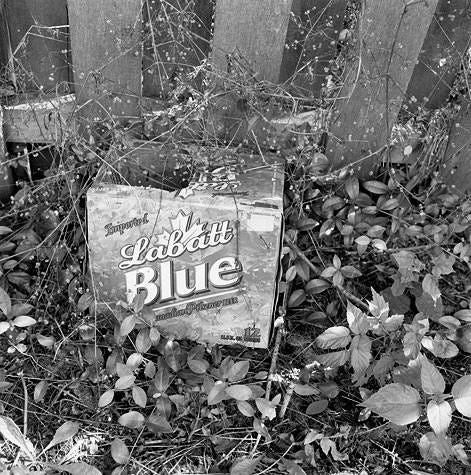
Williams, who is currently Professor of Fine Arts at Haverford College, continues to try to fill this “void” through his ongoing “underground railroad” project. His attempts to draw attention to these often over- looked aspects of the African-American experience in the U.S speaks to the reason that there is a Black History Month in the first place.
Williams continues to be an active alumnus of the College to this day — both through his donations and visits to campus. He has donated a wide variety of photographic works to Hamilton College, both his own and from other artists.
Robert Knight shares his experience with Williams after meeting him during his gallery talk in October: “What struck me about my time with him was the genuine enthusiasm, kind- ness and generosity that he expressed, not only towards me, but towards everyone that I saw him interact with that weekend.”
After succeeding both as an artist and educator, Williams remains a strong role model for Hamilton students who wish to pursue a career in the arts. He has made a significant impact on Black History by exploring it in his projects, and will likely continue to do so for the rest of his career.




